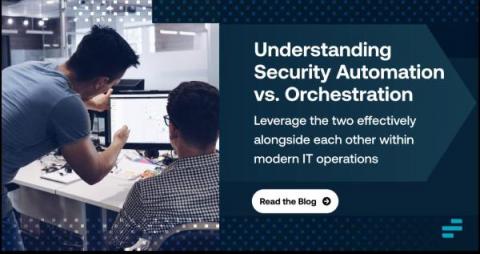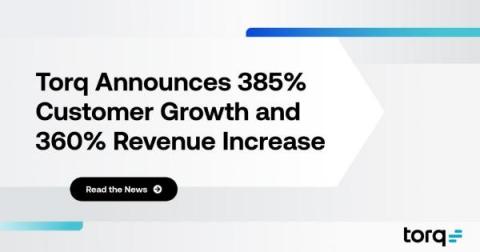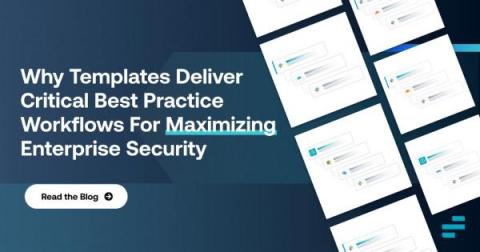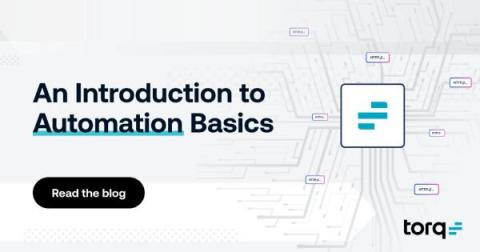Understanding Security Automation vs. Orchestration
“Automation” and “orchestration” are terms that frequently appear within the same sentence – which is unsurprising, because they are closely related. In fact, they’re so similar in meaning that it can be easy to confuse their meanings or assume that there is basically no real difference between security automation and orchestration. But, as with many concepts in the world of IT and security (“observability” vs.








